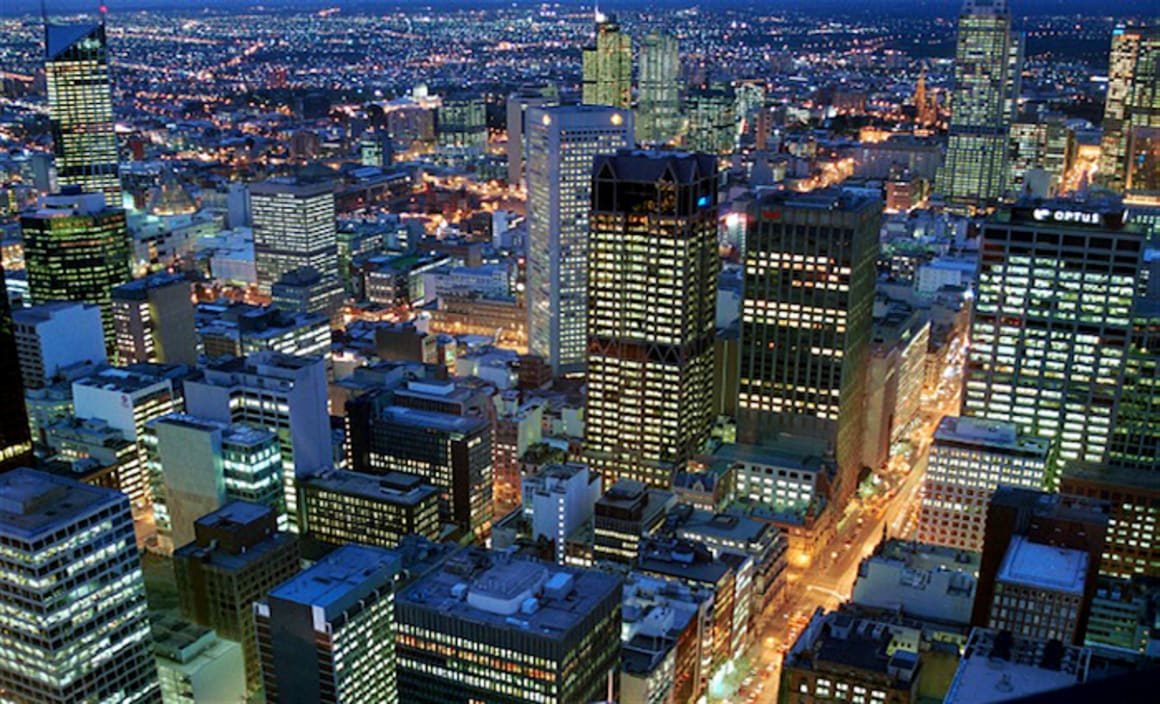Melbourne's apartment market stagnates: JLL

Melbourne’s median apartment price has failed to demonstrate any growth since last year, with exactly a 0.0% year on year change, according to key market indicators from JLL Research, the ABS, REIA, and CoreLogic.
The lack of growth coincides with a significant downturn in the number of new developments being approved.
The 62% year on year reduction in apartment approvals is one of the most significant in the country, and almost double Sydney’s 30.6% downturn.
While the median cost of renting one bedroom units has increased by 0.3%, the rent for two bedroom units has stagnated, and three bedroom units have seen an unexpected fall of 3.2%.
The cause of this discrepancy between apartment types is unclear, however changing demographics has been attributed in the reduced demand (and price) of three bedroom units.
Throughout the rest of the country, the Gold Coast and Adelaide both experienced decelerating positive growth in the year’s second quarter, while Canberra, Sydney, Perth and Brisbane all saw decelerating negative growth in the same time period.
No city in the study kept up with long term average growth.
There will be almost as many new Melbourne apartments built this year as there were in 2018, if we are to assume all developments currently under construction will be completed.
While 2018 saw a significant fall in the number of new developments from the previous year, the data for 2019 and 2020 suggests a deceleration of this trend, with the potential for positive growth in 2021.
When geographically extrapolated, the JLL research demonstrates that Melbourne City makes up roughly two-thirds of all new developments either planned, approved, under construction, or completed between 2018 and 2023 (at 30,160 apartments).
The city's inner south exhibits the next most activity, with 7,757 new apartments over the same time frame.



